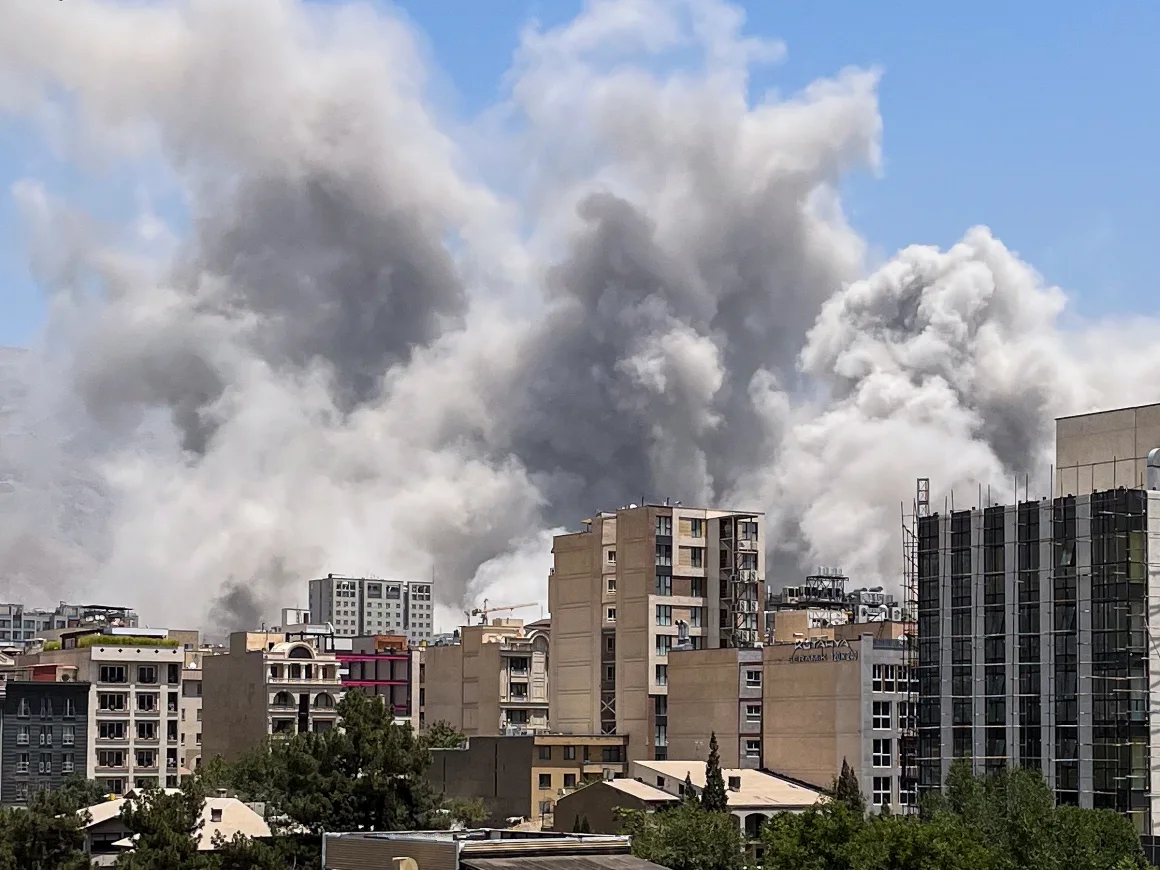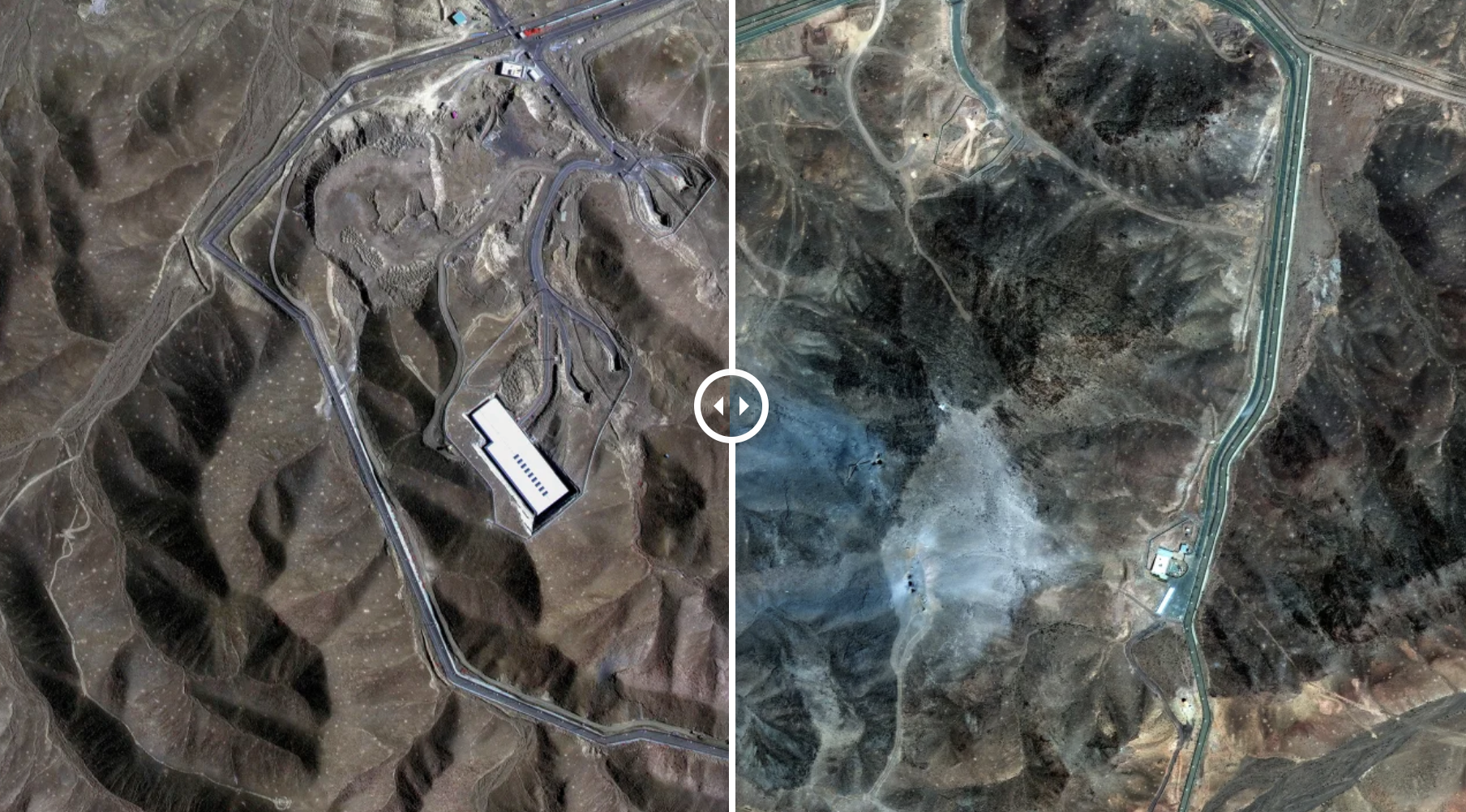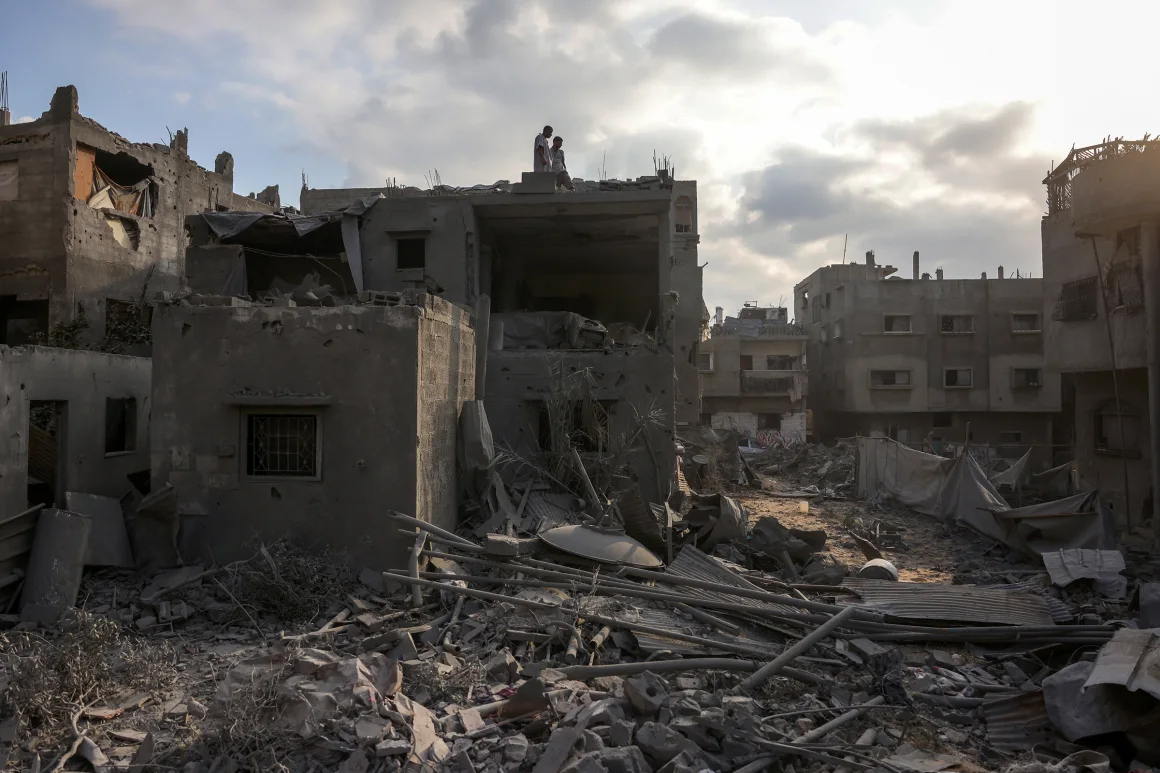The 12-Day Middle East Crisis Finally Reaches a "Ceasefire"

TEXT : Ling Alexander
The Middle East crisis, which began with Israel’s military and intelligence operations inside Iran and escalated to an unprecedented U.S. strike on Iran’s key nuclear facilities, is finally showing signs of de-escalation after 12 tense days. Last night, U.S. President Donald Trump announced a ceasefire from the White House. Both Israel and Iran have accepted the agreement, bringing an end—at least for now—to the chain of military confrontations. However, both sides continued their attacks until the very end, and casualties were inevitable. Some critics argue that this ceasefire represents not a "victory," but rather a clear sign of "limitations." This morning, President Trump told reporters, “At this point, neither side seems to know what they’re doing,” acknowledging that many U.S. officials involved in Middle East policy are frustrated with how events unfolded. He emphasized, “Both countries must adhere to the ceasefire terms. This is not the beginning of negotiations—it’s the beginning of the end.” This ceasefire came about in an unusually unconventional manner. Traditionally, such agreements are reached through diplomatic negotiations or third-party mediation. In this case, however, it was a direct and highly provocative U.S. military strike on Iran’s nuclear infrastructure that served as the turning point.
The U.S. strike—essentially a preemptive attack—has drawn mixed reactions at home and abroad. Major media outlets like CNN spent the past several days raising concerns that the expanding military campaign lacked a clear objective. Nevertheless, the action ultimately sent a powerful message to Iran: “Any further aggression could threaten your regime’s survival.”
What’s notable is how restrained Iran’s response was. Despite prior threats of retaliation, Iran launched only about a dozen missiles—most of which were intercepted by U.S. and Qatari defense systems.
“Iran now understands that the U.S. is not only capable of penetrating deep into Iranian territory if necessary—but that we will actually do so,” Trump stated. This remark underscores a fundamental shift in longstanding U.S. Middle East policy, which had previously emphasized restraint in military engagements.

Over these 12 days, Iran lost significant military and strategic assets: air defense systems, most of its long-range missiles, their launch infrastructure, associated production facilities, military command centers, and perhaps most importantly, nuclear facilities and top nuclear scientists. These losses severely undermine Iran’s defensive capabilities.
It is also clear that this conflict is not fully resolved. Despite the ceasefire, tensions remain high throughout the region. Proxy forces in Lebanon, Syria, and Yemen continue to engage in small-scale clashes, and cyber warfare and information operations show no signs of abating. In fact, future conflicts may increasingly shift into these asymmetric and invisible arenas—cyberspace, economic sanctions, and diplomatic pressure.
This crisis has taught us many lessons. One is that “instant victories” through military power do not necessarily translate into lasting peace. Another is the fragility of a national security doctrine that relies on nuclear development and arms buildup. Ultimately, what the region—and the world—needs most is not force, but a sustainable resolution based on dialogue and compromise.

